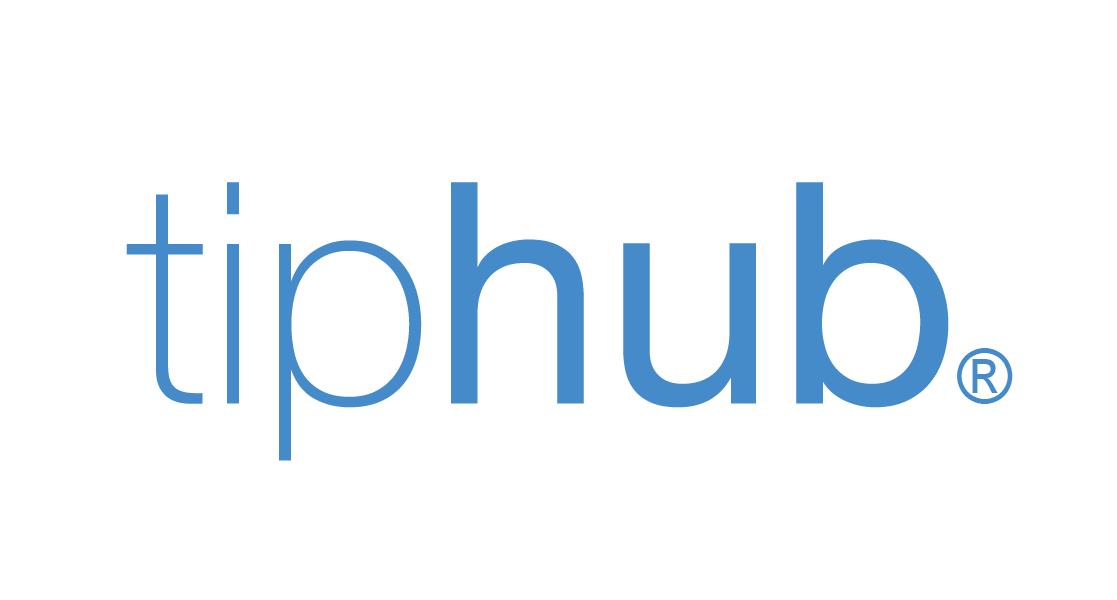What's in a Deal Memo?

I originally wrote this as a response to a comment. Long story short, when a vc firm is making a decision on whether to invest or not, and they’ve had meetings with your team. They normally make a deal memo to specify the opportunity and explain the pros and cons of the investment. This document helps partners and others on the investment team communicate clearly about the opportunity.
- Executive Summary
10k view of the opportunity. Something I would read briefly the first time around to get good context but be definitely asking more.
a. Quick business summary: Background on the company, who they are…where they operate, etc
b. Investment analysis: To invest or not to invest… that is the question…more importantly, why on either side?
c. Risks: What are key challenges the company faces? Team…competition… technology risk?
d. Financing: Round, size, amount already invested
e. Post investment: Use of funds, milestones etc
2. Market Opportunity
Goal of this section is to better understand the market and figure out where the opportunity fits in the grand scheme of things.
a. Key Problem: what is the company trying to solve for?
b. UVP: What is the solution to the problem?
c. Market: How large is the market? Where is the market in its maturity?
d. Competition: Identify current competitors and how company fits into the mix.
- ***I like to add information about current customers here. The positioning depends on which of the points the customer interviews support. Ref calls can also be added in product space as well
3. Product
Goal here is to paint a picture of the product and the teams ability to defend and improve said product.
a. Product Description: What is the product and who does it serve?
b. Price and scale analysis: What are the cost drivers? What are the margins? How do they reach more customers.
c. Product Roadmap: What features are coming online in the next 18 months? Why?
d. Defense: What are the key deterrents to ward off competitors. (Good opportunity to talk about IP)
e. Challenges: What are some issues with the current product? How is the company dealing with those issues? (customer interviews are good here too)
4. Marketing/Sales Strategy
Goal of this section is to get the hard nums on how they plan to reach their customers.
a. Customer Story: (borrowed from ad world) I want to create representation of who the customer (person making the purchasing decision) so we normally create in depth stories (sometimes ends up being longer than it should but meh..) Who are they? Where does company go to reach them. What are their restraints, and what does the product empower them to do?
a1. What are the similarities of customers? For example, in b2b…Do the customers have the same size company in terms of people/revenue/geographic operation?
b. Nums: Cost of acquisition, variance between channels, sales cycle…etc
c. How do you scale the Sales and Marketing Strategy? (strategic partnerships, bd)
5. Team
a. Who is on the team? (everyone…including board of advisors)
b. What are their key strengths?
c. What are their key gaps?
d. What areas will need to be added as the company expands?
6. Operational Strategy
a.Use of Funds: Where is the investment going to? Which milestones/ goals will the investment be funding?
b. Historical financials (most early stage companies may not have this but still worth identifying.
c. Monthly Burn Rate: Some like quarterly but I like to identify monthly burn pre and post investment.
d. Revenue targets & Margins
7. Deal Structure
a. Current cap table pre investment — ->Cap table post investment
b. type of security
c. Any other information from previous rounds that might be pertinent
8. Exit
Gets into details of who the potential acquires are, what an IPO may look like, and who to compare it to.
9.Le Fin
*****Things normally added to the appendix are other supporting documents, due diligence findings, and full customer interviews.
Pretty exhaustive, but I feel as if i’m forgetting something. This should get the job done for most seed stage deals.
